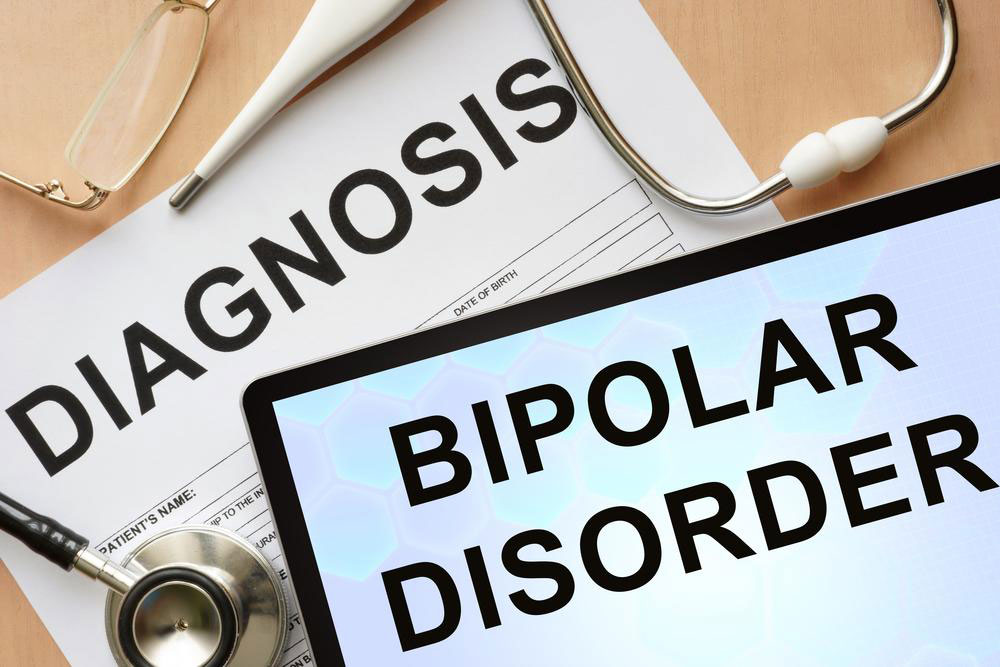Comprehensive Guide to Bipolar Mania: Causes, Symptoms, and Management
This detailed guide explores bipolar mania, covering its causes, symptoms, triggers, and effective treatment strategies. It emphasizes early diagnosis and comprehensive management to help individuals lead stable, productive lives while emphasizing mental health awareness.

Bipolar disorder, historically known as manic depression, is a complex mental health condition that profoundly impacts an individual's mood, energy levels, and overall functioning. Characterized by extreme mood swings, bipolar disorder includes episodes of intense mania and deep depression, which can recur periodically—for some individuals, potentially on an annual basis. These mood fluctuations not only alter emotional states but also affect cognitive abilities, judgment, and daily life activities. Understanding the intricacies of bipolar mania is crucial for early diagnosis and effective management. This comprehensive guide explores the causes, hallmark symptoms, potential triggers, and treatments associated with bipolar mania, providing valuable insights for patients, caregivers, and healthcare professionals alike.
Typically emerging during adolescence or early adulthood, bipolar disorder often persists for years without proper intervention. The manic episodes can last from days to months, challenging individuals' ability to function normally. During these intense phases, people may display hyperactivity, increased talkativeness, euphoric or irritable moods, and heightened confidence. Meanwhile, some individuals may experience aggressive outbursts, risky behaviors, or hallucinations. Conversely, depressive episodes bring overwhelming feelings of exhaustion, hopelessness, and a lack of motivation, often leading to social withdrawal or suicidal thoughts.
The causes of bipolar disorder are multifaceted, involving a complex interplay of genetic, biological, environmental, and psychological factors. Scientific research indicates a strong genetic component, with individuals having a family history of bipolar disorder being at higher risk. Brain structure and function also play roles, especially abnormalities in neurotransmitter regulation such as norepinephrine and serotonin, which are vital for mood stabilization. Hormonal imbalances, sleep disturbances, and lifestyle factors can further exacerbate the condition. Additionally, environmental stressors like traumatic events, substance abuse, or significant life changes can act as triggers that precipitate mood episodes.
Understanding the triggers is essential for managing bipolar mania. Substance misuse, including drugs and alcohol, can destabilize mood and interfere with medications. Certain medications, when not properly managed, may trigger manic episodes, especially those affecting neurotransmitter levels. Sleep deprivation is another significant trigger, emphasizing the importance of maintaining regular sleep patterns. Psychological stressors—such as relationship conflicts, work-related pressure, or traumatic experiences—also increase the risk of manic or depressive episodes. Recognizing early warning signs enables proactive intervention, which can significantly improve outcomes.
Recognizing the symptoms of bipolar mania is vital for timely treatment. Common indicators include rapid speech, racing thoughts, increased energy, decreased need for sleep, and impulsivity. Individuals might display reckless behaviors, such as excessive spending, risky sexual activities, or substance abuse. Physical symptoms can include agitation or irritability, hallucinations, and delusions. The milder form, hypomania, shares many signs with mania but tends to be less severe, often lasting at least four days and not significantly impairing daily functions. Nonetheless, hypomania signals the potential progression to full-blown mania if left untreated.
Effective management of bipolar disorder requires a comprehensive approach that includes medication, psychotherapy, lifestyle modifications, and support systems. Mood stabilizers, such as lithium, anticonvulsants, and atypical antipsychotics, are primary pharmacological treatments aimed at regulating mood fluctuations. Psychotherapy, including cognitive-behavioral therapy (CBT) and psychoeducation, helps individuals understand their condition, develop coping strategies, and recognize early warning signs. Regular routines, adequate sleep, exercise, and avoiding substances like alcohol or recreational drugs are essential lifestyle adjustments that support recovery. Additionally, support from family, friends, and peer groups provides a critical safety net and encourages adherence to treatment plans.
Early diagnosis is crucial for minimizing the severity and duration of manic episodes. Misdiagnosis or delayed intervention can lead to worsening symptoms, increased risk of hospitalization, and negative impacts on personal and professional life. Healthcare providers typically utilize clinical assessments, mood charts, and diagnostic criteria outlined in DSM-5 to confirm bipolar disorder. Treatment plans are personalized, considering the patient's medical history, symptom severity, and individual preferences. With effective management, many individuals with bipolar disorder lead stable, productive lives, managing their symptoms proactively and reducing the risk of relapse.
In conclusion, bipolar mania is a multifaceted condition with diverse causes, symptoms, and treatment options. Awareness of early signs and triggers can lead to prompt intervention, greatly improving quality of life. Advances in psychiatric medications and therapeutic approaches continue to enhance treatment outcomes, empowering individuals to maintain stability and well-being. Recognizing that bipolar disorder requires ongoing management and support underscores the importance of comprehensive, individualized care strategies for those affected.





